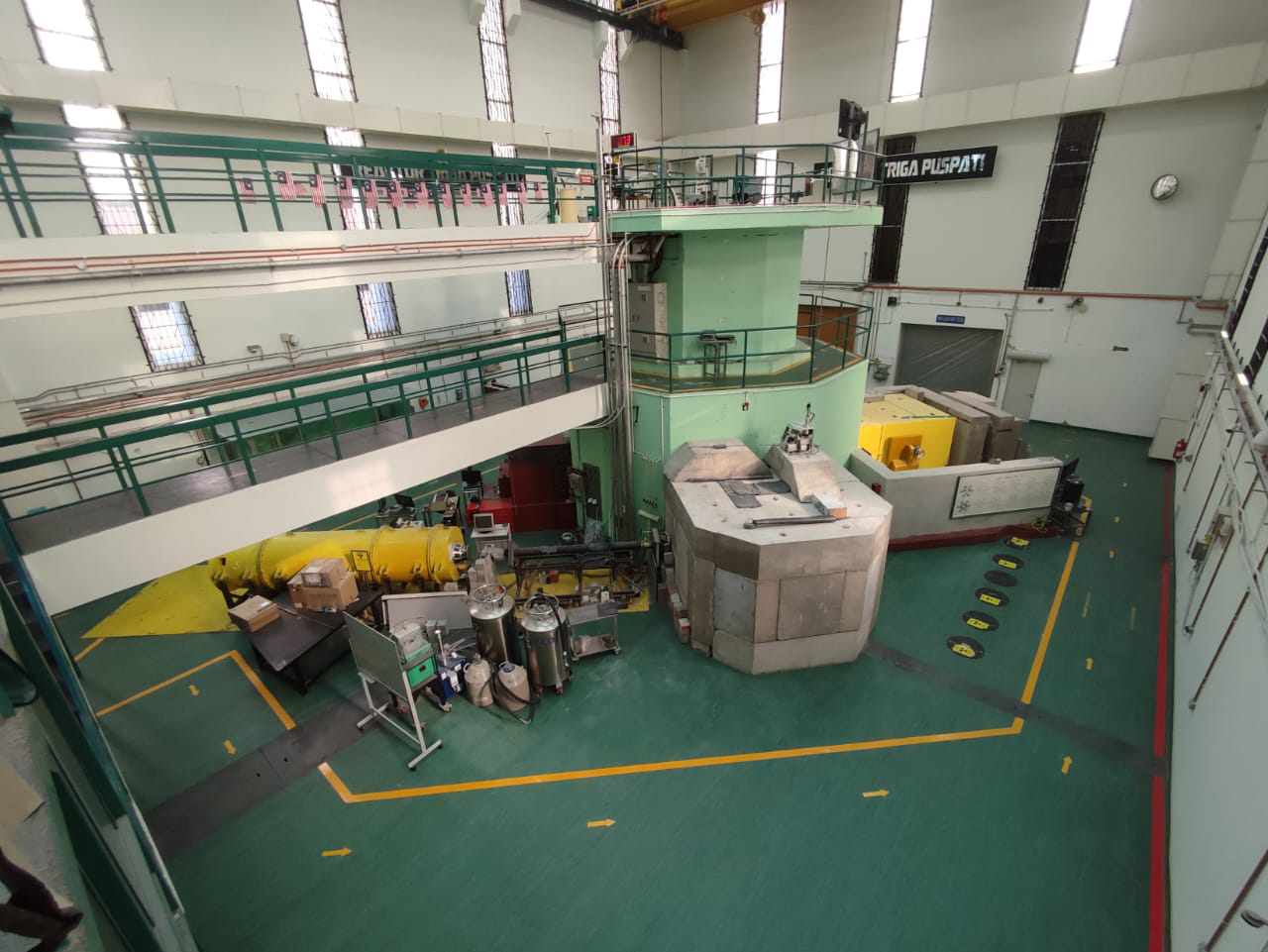BRIDE (Back-end Research Reactor Integrated Decision-making Evaluation), based on a customized Excel spreadsheet, allows countries to quantitatively compare available technologies and determine the best strategy for their situation. FERREX (Fuel Cycle Cost Estimation for Research Reactors in Excel) can then provide them with detailed cost estimates for the chosen strategy. Both are freely available upon request.
The IAEA has developed tutorials that include examples of these tools’ applications and piloted a workshop on BRIDE in Malaysia in 2022. FERREX was discussed as a post-workshop activity.
“Proper disposal of nuclear spent fuel is crucial for ensuring safety, and BRIDE has provided valuable insights on making informed decisions regarding the final repository,” said Julia Abdul Karim of the Malaysian Nuclear Agency (MNA), which operates the TRIGA PUSPATI research reactor, the country’s only nuclear reactor. “From my perspective, the BRIDE tool is particularly useful for countries like Malaysia, aiding in strategic planning for the future management of its nuclear spent fuel.”
After 40 years of operating the TRIGA PUSPATI, Malaysia is putting in place an ageing management strategy and plan to handle its spent fuel. During the workshop in November 2022, MNA presented seven scenarios for the participants to consider. The participants then conducted a pilot application of BRIDE, which included a cost comparison for each activity to help determine the preferred option. For Malaysia, the next step is to develop a strategic plan for spent fuel disposition based on the workshop’s results, which will be reviewed by the Malaysian Government and technical communities.
“This workshop allowed us to help Malaysia sort through many options for disposition of their residual nuclear materials,” said John Dewes, who led the workshop and is a nuclear engineer at the IAEA. “We not only scrutinized the life cycle costs of each option, but also considered the non-economic aspects, such as environmental impact, the availability of human resources, legal and regulatory readiness, and political and public support. It is very complex to think about all these factors at once, but the BRIDE tool methodically assesses each aspect and then combines the results.”

